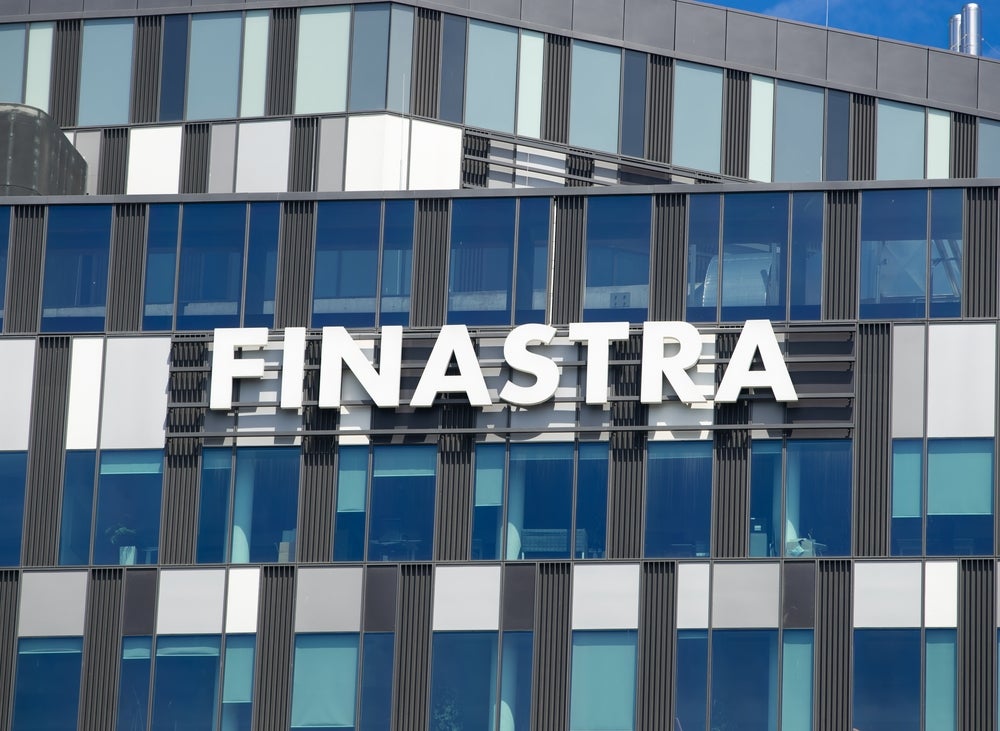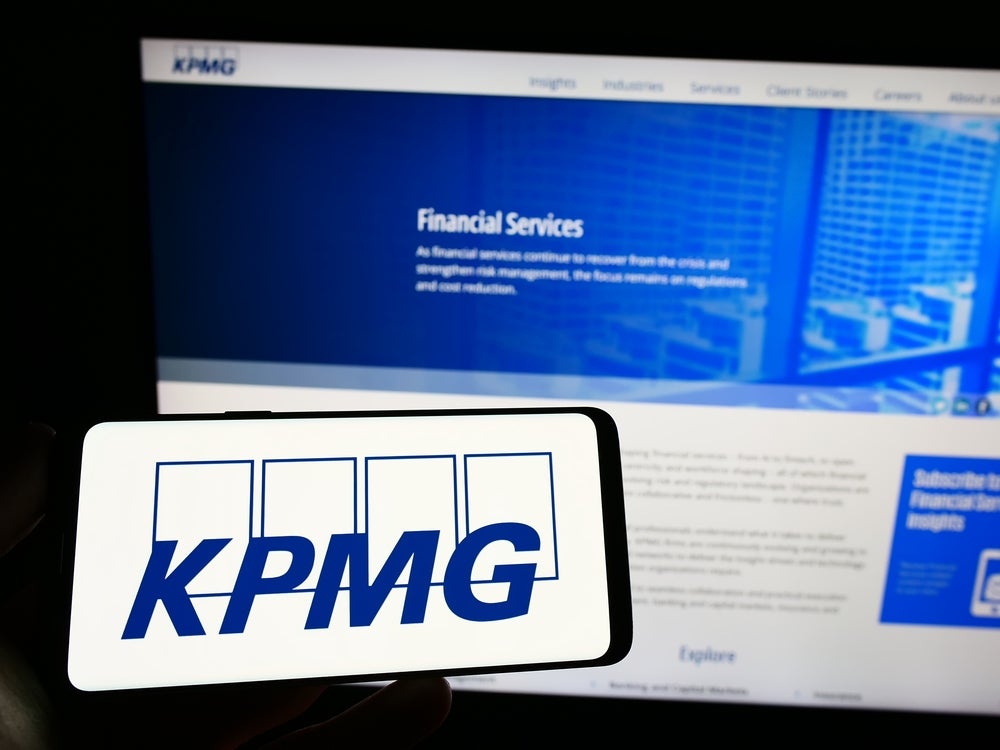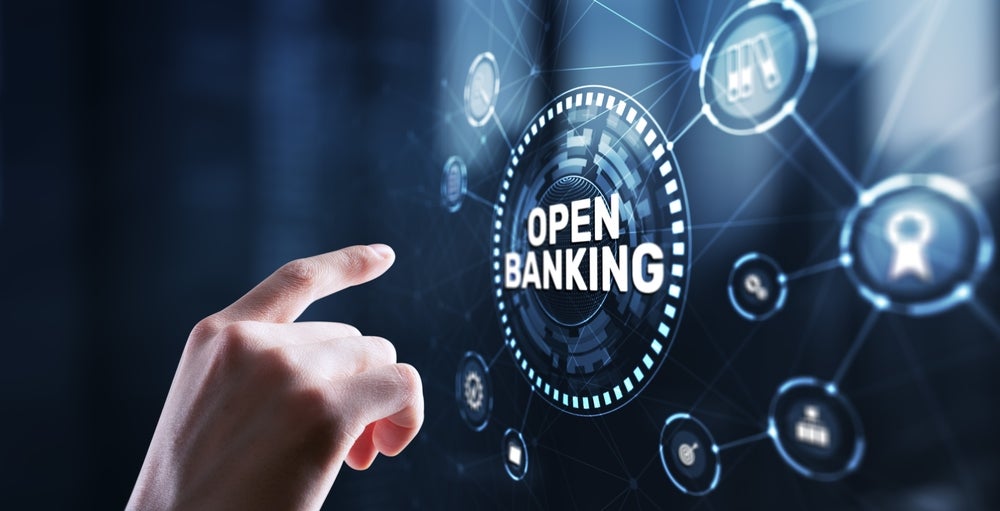Wearable digital devices have captured the imagination of gadget-lovers around the world including a growing number of the more innovative retail banks. As Hannah Smithies reports, there is more to this sector than cool digital watches and the much anticipated launch of Google Glass
From onesies that monitor babies vital signs, to rings that allow you to control home appliances with a gesture in the air, wearable technology is creating a big buzz in the digital world.
Featured heavily at the Mobile World Congress 2014 in Barcelona in February, there is mounting expectation for wearables and speculation that it will be a major market disruptor in the coming years.
Particularly causing a stir are smartwatches and the highly anticipated Google Glass. Smartwatches are, simply put, mini computers strapped to your wrist that can run applications. Google Glass, is a headset with a screen that rests just above your eye, a camera, microphone, GPS and is mainly controlled via voice command.
Pol Navarro, director of channels and innovation at Banco Sabadell tells RBI: "The mobile internet’s natural evolution will be living services. Users will want to be able to interact with firms through many different devices and as quickly and intuitively as possible."
How well do you really know your competitors?
Access the most comprehensive Company Profiles on the market, powered by GlobalData. Save hours of research. Gain competitive edge.

Thank you!
Your download email will arrive shortly
Not ready to buy yet? Download a free sample
We are confident about the unique quality of our Company Profiles. However, we want you to make the most beneficial decision for your business, so we offer a free sample that you can download by submitting the below form
By GlobalDataDespite Glass not yet being widely available and smartwatches only just having achieved "the tipping point of being genuinely useful" (according to Ewan Spence, writing for Forbes), US business researcher IHS has impressive projections for the wearable technology market in the next four years.
The world market for wearable technology reached $8.5bn in revenues during 2012, shipping 96m devices that year. By 2018, unit shipments are forecast to reach 210 million, driving $30bn in revenue.
If the world is indeed inevitably marching towards the mass adoption of wearable technology, retail banks potentially have all to gain by being the first to invest.
"When wearable banking takes off and we see huge adoption we will be at the front of that," Westpac’s chief digital officer Simon Pomeroy tells RBI.
"We could have said five years ago that mobile banking will never take off, but look at it now – 30% of our customers use it on a daily basis. We don’t want to sit back, we want to be at the forefront globally."
With the lure of progress, profits and perhaps free PR, several entrepreneurial banks have launched applications that harness the power of smartwatches and Google Glass for consumer banking.
As excitingly sci-fi as wearables sound, banking applications available at the moment remain simple, if useful. They very much remain extensions of existing online and mobile services.
La Caixa Bank’s smartwatch application displays stocks and indices chosen by the user to follow, whilst Australian and New Zealand bank Westpac has its ‘Cashtank’ application which allows the user to view their balance as a widget without signing in after initial set-up.
UK fintech company Intelligent Environment’s non-bank specific offering ‘Interact’ for Pebble has a mixture of functions within the platform, allowing the user to view balance, recent transactions and alert the user if they’re trailing close to their bank balance limit.
For Glass the functions available are similar to those on smartwatches, but the crucial addition of camera that can be used to scan and send images and Glass’s hands free nature allows for a very different and arguably more sophisticated user experience.
Pomeroy forecasts: "By the end of this year our customers will be able to walk into a shop wearing their Google Glass, see something they like and instantly check their bank balance which will be displayed in their peripheral vision – that’s pretty cool."
La Caixa’s branch finder for Glass uses augmented reality to superimpose directions, distance and even the banks contact details into the Glass wearer’s peripheral vision.
Fidelity’s Market Monitor for Glass follows stock prices in a similar manner to Caixa’s smartwatch offering. But it has the nifty additional element of being able to scan company logos when seen in real life in order to instantly check thier index or to add them to the list of companies tracked.
Sabadell’s Glass application even includes a customer service element. Xavier Marín of the digital innovation department explains:
"When we tested the application the functionality that was liked most was the ability to ‘hangout’ with our customer service.
"Devices like Google Glass allow the user to connect with the bank without using their hands and to show us what is happening for example in front of a computer or an ATM"
More complex capabilities might be just around the corner for Glass banking applications. Sabadell is planning to bring an instant check service, which would allow users to deposit a cheque by just taking a voice-commanded photo of it using the Google glasses.
Ukrainian Privatbank’s concept video includes someone paying for everything from bills to petrol just by pointing Glass at the target and saying a few words.
Whilst the possibilities are exciting and seemingly endless for banking with Glass and smartwatch, lack of users means it remains difficult to predict how the market will develop. What will work on a mass scale, will prove popular or become obselete is difficult to gauge when the test groups are small.
Smartwatches may be available at least but remain an emerging technology. The numbers of early adopters currently using smartwatches remains comparitively low.
La Caixa had 500 downloads of their smartwatch application in the first week of its release. A spokesperson for La Caixa called this "a remarkable result for an emerging technology" but admitted the innovation stood out "for its qualitive value rather than its quantitive."
Although in talks with banks, Intelligent Environments has not yet realeased its Interact smartwatch application.
Not all banks have been enthusiatic about the potential for wearable banking, even after starting projects. Wells Fargo appear to have halted their Glass project altogether after experiencing problems at the testing stage.
Miranda Hill, vice president and product management manager for Wells Fargo Labs told The Wall Street Journal’s CIO Journal that the bank’s Google Glass app wasn’t gaining much traction among testers.
She explained the reason was because the screen to display information was too small to be significantly useful.
This problem may also affect smartwatches which also have limited ‘real estate’. La Caixa have added a feature whereby physically tapping the watch with their market tracker screen opens a more detailed application on your smartphone.
Whilst this neatly gets around the problem of having a small screen, it could be argued that relying on a smartphone too heavily to support a smartwatch rather undermines the need for the latter.
For now security is also a major issue with devices that are, by nature, highly visible as Westpac’s Pomeroy highlights: "I think all customers hold trust and security in the highest regard when it comes to banks. We need to be aware of this when it comes to new technology.
"We certainly wouldn’t put this tech into customers’ hands or on their heads unless we felt it was fully secure, ultimately that’s the most important thing that customers need to know."
Intelligent Environment’s CTO Clayton Locke suggests that smartwatches, as they exist now may be particularly susceptible to hacking:
"Encrypted data on the smartwatch is still a challenge and we don’t yet consider it to be a payment card industry device, more work needs to be done."
"There’s no secure enclosure on the operation system yet."
Arguments bounce back and forth about Google Glass’s security issues. Various commentators speculate the holistic nature of Glass being a goldmine of information in the hands of the wrong person if the headset was bugged.
Yet researchers at the Max Planck Institute for Informatics who have developed a way to access ATM’s through Glass using a PIN visible on-screen argue it is more secure as you are the only person able to see the screen, as opposed to with a smartphone, where anyone might glace at the screen.
While there are still all these issues to iron out in the wearables market, Locke believes that convenience offered by the new devices is an increasingly crucial concern: "Micro-convenience is important, people are looking for every last bit of convenience they can get."
These chimes with Google’s response to Wells Fargo’s negative experience in testing their application: "The best applications give people the information they need, right when they need it without taking them out of the moment."
Locke goes further, pointing out the style factor: "Also it’s cool, there’s a fashion element to it that we see coming. Looking at your bank balance is a utility that we think fits into that lifestyle."
Simon Cadbury, head of strategy and innovation at Intelligent Environments agrees: "I think it is as much about getting the right price point and usability. In time, that will come."
"We’re already seeing the Nikey Fitband for example, people want them, those that have them talk about them all the time, but at the moment they’re at a price point that’s not directed towards a mass market."
Investment by banks at this stage doesn’t, at least, need to be too demanding.
"We haven’t put a huge amount of investment in terms of money and time into this." Pomeroy reveals, "We spent two or three weeks on Glass and spent the same amount of time on our smartwatch applications. Development is really fast and that’s exciting."
Privatbank seems to have had a similarly easy experience in development. "PrivatBank has become one of the first banks in the world to begin implementing QR codes and voice-activated control to its services on a large scale," Dmytro Dubilet, Marketing Director of PrivatBank, says:
"The architecture of our applications suits Google Glass ideally. We don’t even have to adapt anything, everything is ready."
Banks can also enjoy experimenting with small test groups, preparing and positioning themselves before popular adoption raises the stakes.
TEB’s mobile banking manager, Halil Ozcan shared their strategy: "We’ll be ready when the market starts to call for a wider range of functionality from the banks, such as money transfer and cardless payments via such devices."
Most companies are keen to continue development. Intelligent Environments have hinted they may have other products to show later in the year, La Caixa has expressed a wish to explore geopositioning, augmented reality and customer prediction technology in the wearables division and Sabadell is looking to explore the smartwatches market.
Whilst wearables are far from being a banking channel in their own right. The question of how appropriate wearables really are for financial services, at least in their current incarnations, is still arguably at issue. Yet wearable technology will continue to be invested in by banks and it will be exciting to see what developments happen over the next few years as the market expands.







